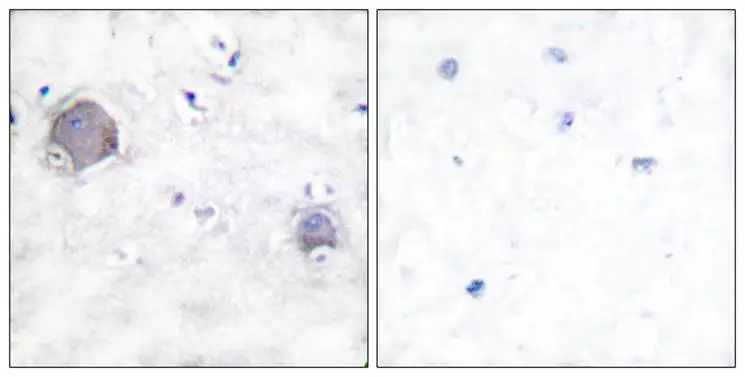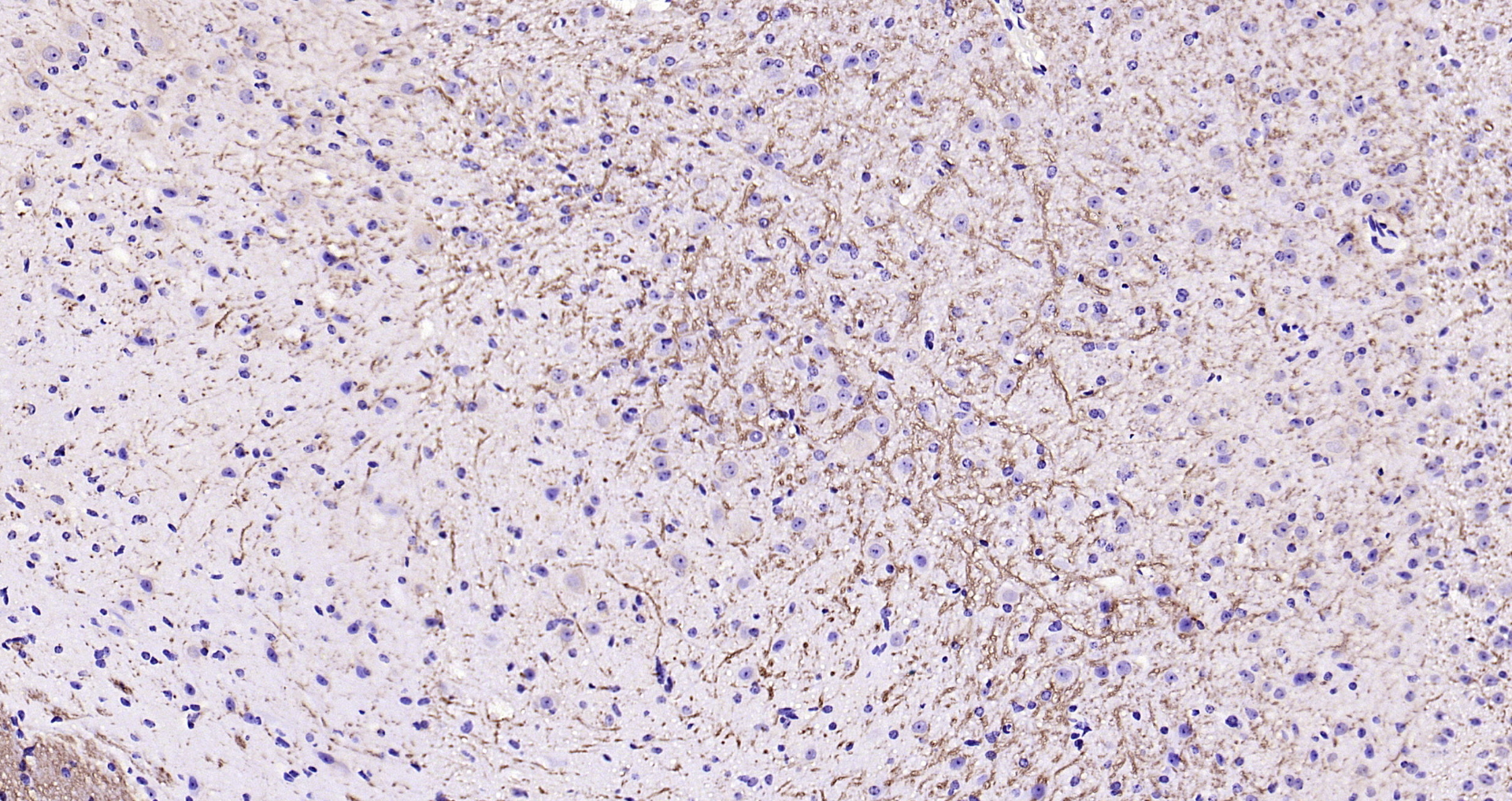![IP analysis of 293T whole cell lysate using GTX02821 NOTCH1 antibody [GT1224]. Total extract : 200microg IP antibody amount : 3microg Dilution : 1:1000 IP analysis of 293T whole cell lysate using GTX02821 NOTCH1 antibody [GT1224]. Total extract : 200microg IP antibody amount : 3microg Dilution : 1:1000](https://www.genetex.com/upload/website/prouct_img/normal/GTX02821/CutImage_A19090_IP_01_(1071532)_w_23053122_112.webp)
IP analysis of 293T whole cell lysate using GTX02821 NOTCH1 antibody [GT1224]. Total extract : 200microg IP antibody amount : 3microg Dilution : 1:1000
NOTCH1 antibody [GT1224]
GTX02821
ApplicationsImmunoPrecipitation, Western Blot
Product group Antibodies
ReactivityHuman, Mouse
TargetNOTCH1
Overview
- SupplierGeneTex
- Product NameNOTCH1 antibody [GT1224]
- Delivery Days Customer9
- Application Supplier NoteWB: 1:500 - 1:2000. IP: 1:50 - 1:200. *Optimal dilutions/concentrations should be determined by the researcher.Not tested in other applications.
- ApplicationsImmunoPrecipitation, Western Blot
- CertificationResearch Use Only
- ClonalityMonoclonal
- Clone IDGT1224
- Concentration2 mg/ml
- ConjugateUnconjugated
- Gene ID4851
- Target nameNOTCH1
- Target descriptionnotch receptor 1
- Target synonymsAOS5, AOVD1, TAN1, hN1, neurogenic locus notch homolog protein 1, Notch homolog 1, translocation-associated, notch 1, translocation-associated notch protein TAN-1
- HostRabbit
- IsotypeIgG
- Protein IDP46531
- Protein NameNeurogenic locus notch homolog protein 1
- Scientific DescriptionThis gene encodes a member of the NOTCH family of proteins. Members of this Type I transmembrane protein family share structural characteristics including an extracellular domain consisting of multiple epidermal growth factor-like (EGF) repeats, and an intracellular domain consisting of multiple different domain types. Notch signaling is an evolutionarily conserved intercellular signaling pathway that regulates interactions between physically adjacent cells through binding of Notch family receptors to their cognate ligands. The encoded preproprotein is proteolytically processed in the trans-Golgi network to generate two polypeptide chains that heterodimerize to form the mature cell-surface receptor. This receptor plays a role in the development of numerous cell and tissue types. Mutations in this gene are associated with aortic valve disease, Adams-Oliver syndrome, T-cell acute lymphoblastic leukemia, chronic lymphocytic leukemia, and head and neck squamous cell carcinoma. [provided by RefSeq, Jan 2016]
- ReactivityHuman, Mouse
- Storage Instruction-20°C,2°C to 8°C
- UNSPSC12352203

![WB analysis of various samples using GTX02821 NOTCH1 antibody [GT1224]. Dilution : 1:1000 Loading : 25microg WB analysis of various samples using GTX02821 NOTCH1 antibody [GT1224]. Dilution : 1:1000 Loading : 25microg](https://www.genetex.com/upload/website/prouct_img/normal/GTX02821/CutImage_A19090_WB_01_(1068949)_w_23053123_379.webp)
![Various whole cell extracts (30 microg) were separated by 5% SDS-PAGE, and the membrane was blotted with NOTCH1 antibody [GT1224] (GTX02821) diluted at 1:1000. The HRP-conjugated anti-rabbit IgG antibody (GTX213110-01) was used to detect the primary antibody. Various whole cell extracts (30 microg) were separated by 5% SDS-PAGE, and the membrane was blotted with NOTCH1 antibody [GT1224] (GTX02821) diluted at 1:1000. The HRP-conjugated anti-rabbit IgG antibody (GTX213110-01) was used to detect the primary antibody.](https://www.genetex.com/upload/website/prouct_img/normal/GTX02821/GTX02821_4000000285_20210122_WB_w_23053123_918.webp)

![IHC-P analysis of breast adenocarcinoma tissue using GTX84019 NOTCH1 antibody [3E12]. Antigen retrieval : Heat-induced epitope retrieval by 10mM citrate buffer, pH6.0, 100oC for 10min.](https://www.genetex.com/upload/website/prouct_img/normal/GTX84019/GTX84019_2164_IHC-P_w_23061420_289.webp)
![IHC-P analysis of colon adenocarcinoma tissue using GTX84020 NOTCH1 antibody [4C9]. Antigen retrieval : Heat-induced epitope retrieval by 10mM citrate buffer, pH6.0, 100oC for 10min. Dilution : 1:50](https://www.genetex.com/upload/website/prouct_img/normal/GTX84020/GTX84020_2178_IHC-P_w_23061420_888.webp)


